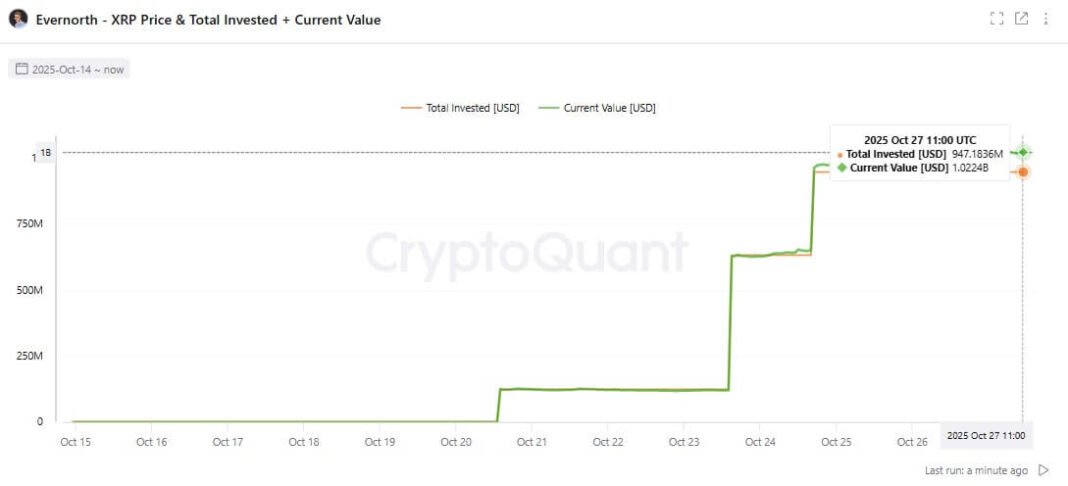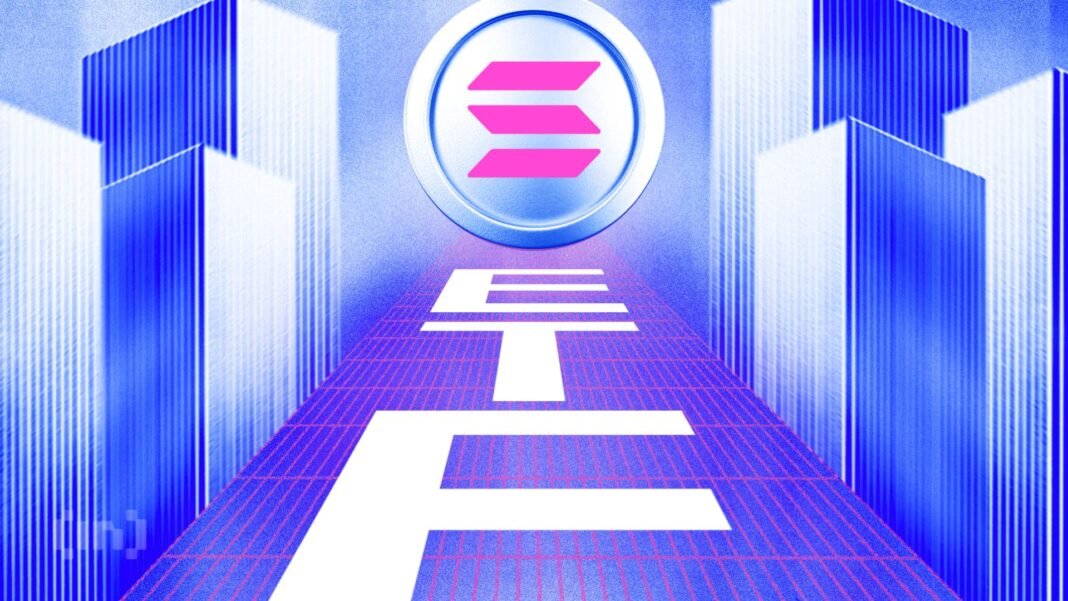Market Pulse
The saga of Mt. Gox, once the world’s largest Bitcoin exchange, continues to cast a long shadow over the crypto market. With payouts to creditors now reportedly pushed further into 2026, market participants are once again grappling with the implications of a protracted rehabilitation process. This latest delay, arriving in late 2025, prolongs the uncertainty surrounding the eventual distribution of approximately 140,000 BTC, impacting market sentiment and the psychological supply dynamics for Bitcoin.
A Decade of Delays: The Mt. Gox Legacy
The collapse of Mt. Gox in 2014 following a massive hack remains one of the crypto industry’s most significant cautionary tales. For over a decade, creditors have patiently, or perhaps impatiently, awaited the return of their lost assets. The rehabilitation plan, initiated by trustee Nobuaki Kobayashi, has navigated complex legal and logistical hurdles, constantly pushing back distribution timelines. Each new delay reiterates the immense challenge of resolving such a large-scale, cross-border digital asset insolvency.
- 2014: Mt. Gox collapses, files for bankruptcy.
- 2018: Civil rehabilitation process begins.
- 2021: Rehabilitation plan approved, initial repayment deadlines set.
- 2022-2024: Multiple extensions and preparations for repayment.
- 2025 (Current): Further delays announced, pushing final distributions into 2026.
The 2026 Horizon: Market Impact Scrutinized
The prospect of roughly 140,000 BTC, valued at billions of dollars at current market prices, entering circulation has long been a point of speculation for Bitcoin investors. While some fear a significant selling event upon distribution, potentially suppressing prices, others argue that the market has matured sufficiently to absorb such a supply without catastrophic impact. The continuous delays mean this ‘supply overhang’ persists, preventing a clear resolution but also averting any immediate large-scale sell-off.
Key considerations for the market include:
- Quantity of BTC: While substantial, 140,000 BTC represents a smaller fraction of Bitcoin’s total circulating supply and daily trading volume compared to its value in 2014.
- Creditor Behavior: It’s not guaranteed all recipients will immediately sell. Many long-suffering creditors may opt to hold, especially those who were early adopters with a long-term conviction in Bitcoin.
- Staggered Distribution: The rehabilitation plan may involve staggered distributions rather than a single, massive dump, mitigating instantaneous market shock.
- Market Maturation: The institutionalization of Bitcoin, with the proliferation of spot ETFs and increased corporate interest, has created deeper liquidity pools capable of absorbing larger orders.
Operational Challenges and Future Outlook
The reported delays stem from ongoing operational complexities, including final verification of creditor identities, banking integrations, and the secure transfer protocols required for such a large-scale digital asset distribution. The trustee’s office faces immense pressure to ensure accuracy and security, minimizing any further issues. As we look towards 2026, the crypto community will be closely watching for definitive timelines and concrete progress reports, hoping this extended chapter in Bitcoin’s history finally reaches its conclusion.
Conclusion
The latest postponement of Mt. Gox repayments to 2026 is a reminder of the inherent complexities in the nascent digital asset space, particularly concerning legacy insolvency cases. While it avoids immediate selling pressure, it extends the psychological burden of a potential future supply increase. The Bitcoin market, now significantly larger and more mature than a decade ago, will likely continue to price in this slow-moving development, with the eventual impact depending heavily on the precise timing and method of distribution, as well as prevailing market conditions at that future juncture.
Pros (Bullish Points)
- Immediate selling pressure from creditor payouts is averted, removing a short-term bearish catalyst.
- The market gains more time to mature and absorb the potential future supply distribution.
Cons (Bearish Points)
- Prolonged uncertainty for the Bitcoin market regarding a significant supply unlock.
- Creditors face further delays, prolonging their financial limbo and potentially frustrating the community.
Frequently Asked Questions
What is Mt. Gox?
Mt. Gox was a Japanese Bitcoin exchange that was the largest in the world until its collapse in 2014 following a massive hack and allegations of fraud, leading to the loss of hundreds of thousands of Bitcoins.
Why are Mt. Gox payouts being delayed to 2026?
The delays stem from the complex legal and operational challenges of the civil rehabilitation process, including verifying creditor identities, coordinating banking, and ensuring secure, large-scale digital asset distributions across many jurisdictions.
How much Bitcoin is involved in the Mt. Gox repayments?
Approximately 140,000 BTC are slated for distribution to creditors as part of the Mt. Gox rehabilitation plan.






